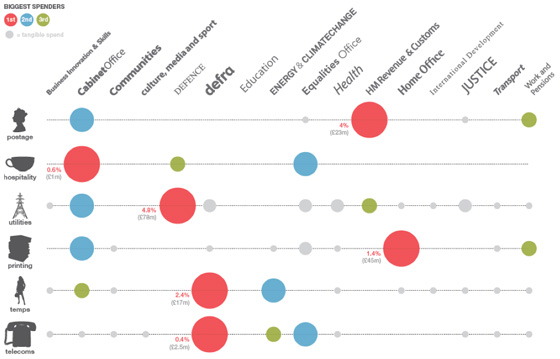 News Corporation has said it is “working around the clock” to fix a technical problem in its new “iPad newspaper”, the Daily, that has prompted hundreds of complaints and negative ratings from users.
News Corporation has said it is “working around the clock” to fix a technical problem in its new “iPad newspaper”, the Daily, that has prompted hundreds of complaints and negative ratings from users.
Readers have left comments on the Apple’s US app store to complain of frequent crashes, load problems and other stability issues when the Daily attempts to fetch a new update of the newspaper.
Since its high-profile launch in the US last week, the product has attracted more than 3,600 reviews on the Apple online store.
While about a third of people gave the app the full five stars, the next most common rating was one out of five, with almost 1,000 people giving it the lowest score possible.
One reviewer wrote: “Is this the future of news? The app crashed the first time I ran it. After rebooting and restarting it hung while downloading the current edition.”
Another person adds: “Very slow loading, better fix it within two weeks or we are gone.”
In a blog post on the official website, the Daily’s tech developers wrote: “We’re working around the clock to improve the stability and functionality of The Daily.
“We’ve had massive uptake since Wednesday’s launch, and with that kind of audience scale in such a short period of time, we’ve seen some stability issues and bugs that need to be addressed.
“We’re working as quickly as we can to find these problems and fix them. The beauty of the application ecosystem is that we can constantly iterate on and improve our product, and we’re aiming to put out an update within the coming weeks.
“We are addressing the technical issues that we’ve seen and we want you, our readers, to know that this is a major priority for us.”
News Corp chairman Rupert Murdoch says the Daily will “push the boundaries of reporting”, offering news, features, photography, audio, video, and graphics for 99 cents a week or $39.99 for an annual subscription.


